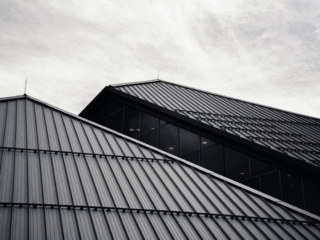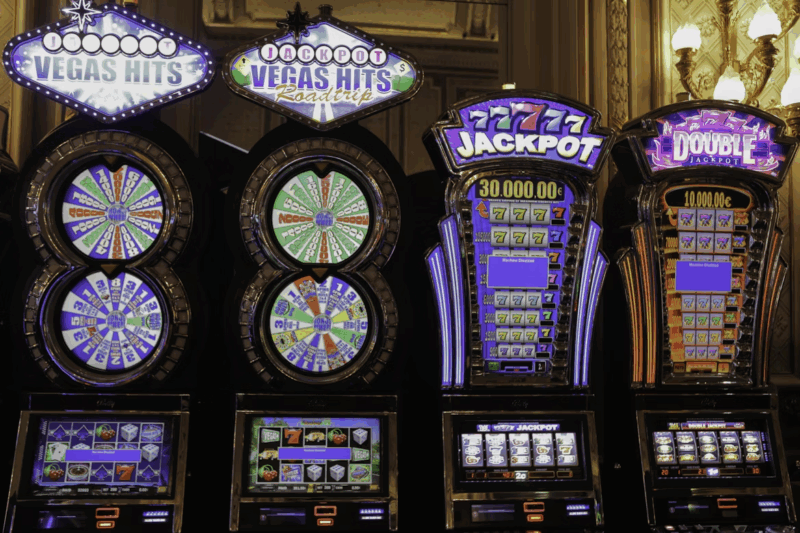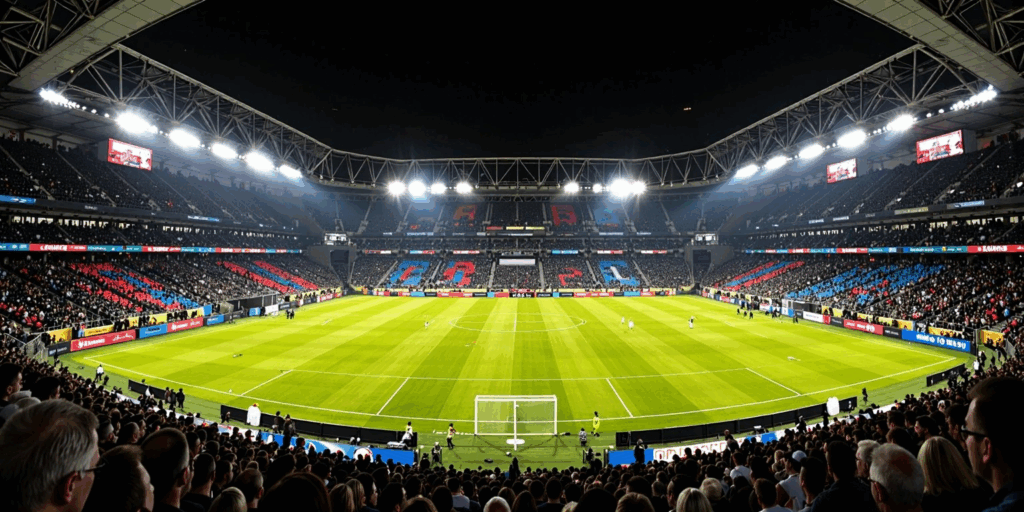
There’s an energy in the air when you walk into a stadium before kickoff. The crowd murmurs, the music swells, and then, abruptly, the lights change.
The field lights up, the colors pulse with the team’s anthem, and for a moment, it feels like anything but a football game. It feels like a show. That’s the magic of smart lighting, and if you’ve ever found yourself beneath those lights, you know it’s about more than just being able to see, it’s emotion, atmosphere, and experience.
In the sports world, lighting is everything when it comes to creating an atmosphere. Whether you’re dealing with a large stadium complex, or hiring a tennis court lighting contractor (although it’s the same approach, I swear) the premise is the same: great lighting doesn’t just enable people to see, it enables them to feel.
The Evolution of Stadium Lighting
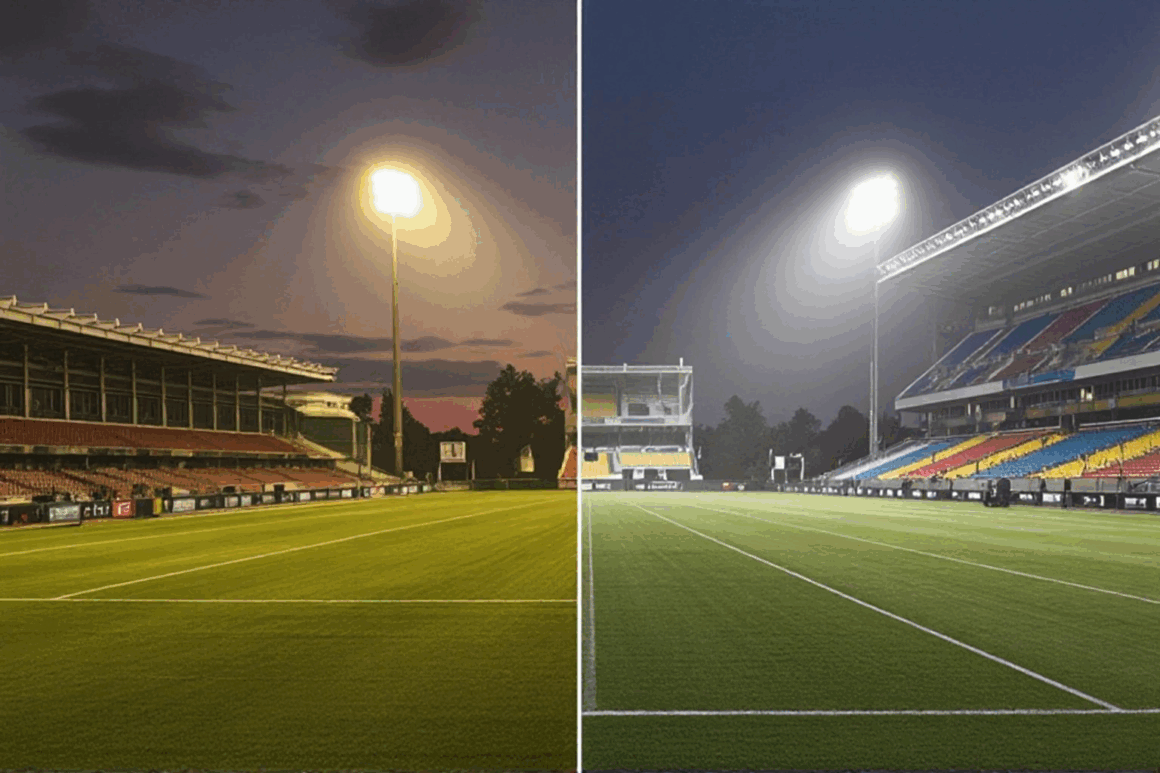
Before LED lighting changed the game, many were using traditional lighting systems such as metal halides or high-pressure sodium lamps. And they worked, of course, but they were slow on startup, spotty on coverage, and consumed a lot of power to run.
There was an old stadium I walked into years ago where it took lights almost twenty minutes to come up. Players had even begun warming up in the low light. It wasn’t ideal.
Today, with the LED-based lighting systems we have for sports fields, you flip a switch, and you’ve got 100 percent of the field instantaneously lit up. That’s more than convenience, it’s control. It’s a reflection of how much lighting design, once a purely technical concern, has migrated toward becoming a competitive edge for teams, broadcasters, and fans.
There Is Never Enough Light for Anything Besides Visibility
Light is needed for viewing and display. “Throughout the game, players rely on ambient light to react effectively and in a timely fashion,” Buccaneers chief operating officer Brian Ford told Variety.
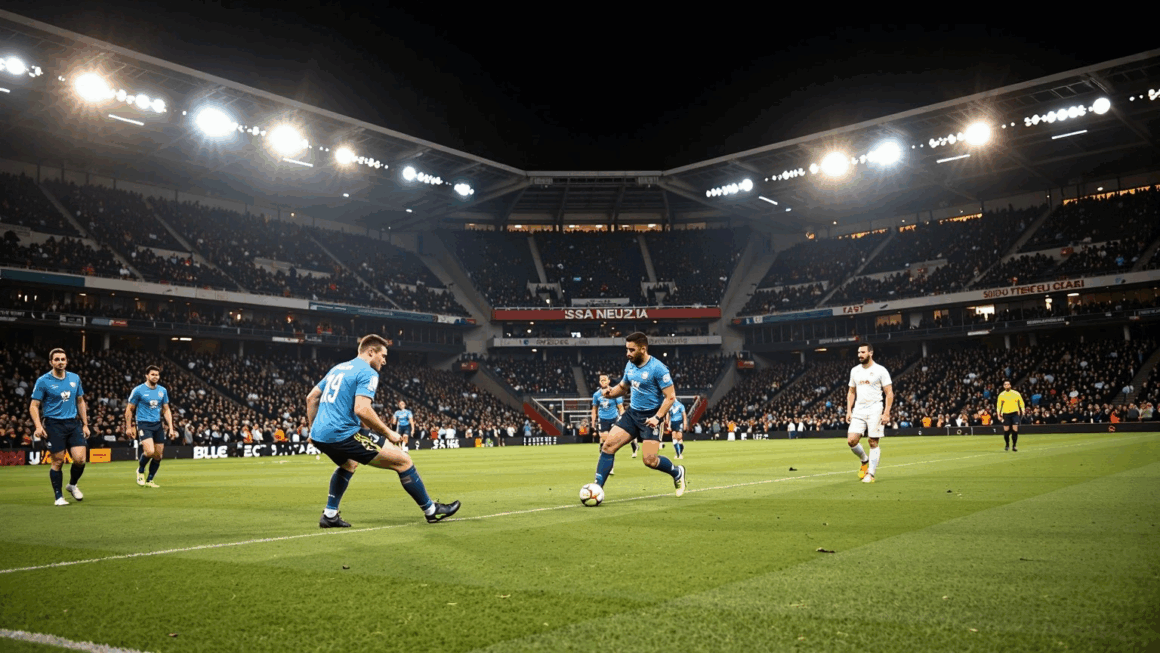
Its seamlessness is something fans count on when seeing it in person and on television. Illumination done right facilitates better visibility, cutting that glare while enabling the unvarnished color fans are there to see, not dulled versions akin to pyrite. Broadcasters, too, profit from top-notch lighting systems complying with 4K and slow-motion camera specifications.
They’re easy to take for granted, but every highlight reel and replay you watch owes a debt to sophisticated lighting systems that are designed to capture every twist and turn perfectly.
The Emergence of Smart Lighting Solutions
Stadiums are becoming a whole new ball game when it comes to running the lights. These smart lighting systems are capable of much more than just being turned on and off. They adapt. They detect ambient light, dim in response to natural conditions, and sync with music or digital displays for pregame and halftime shows.
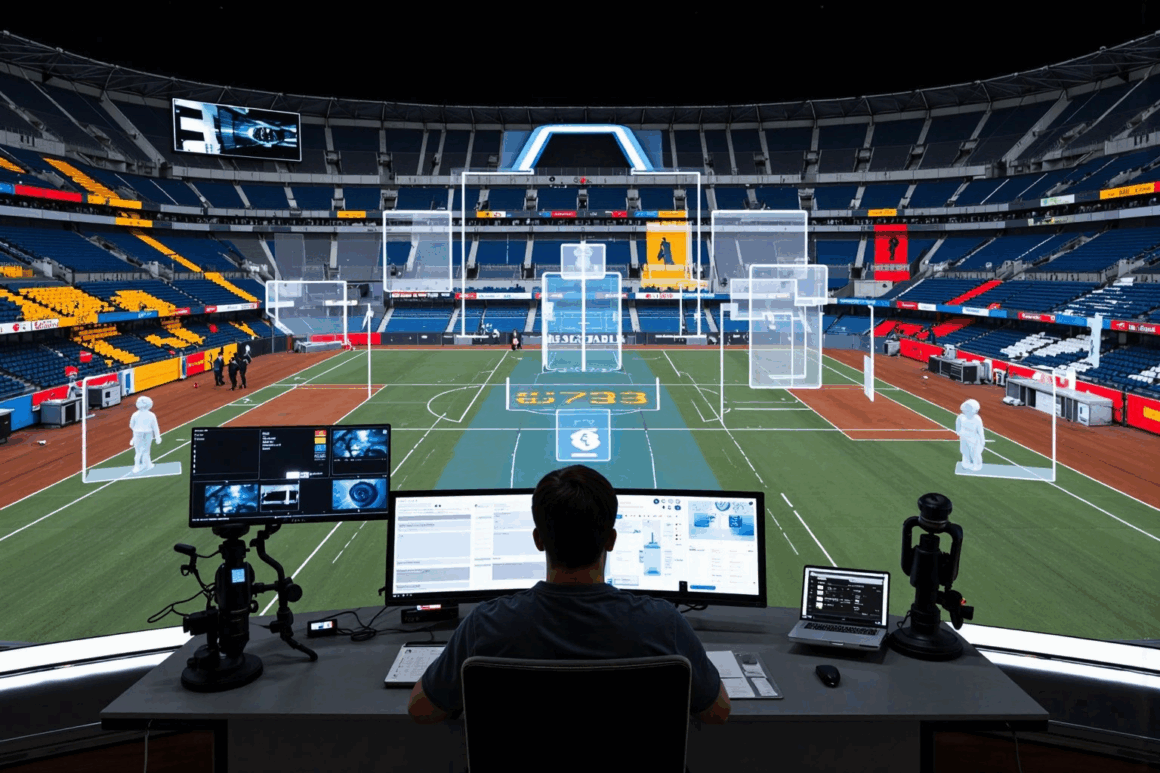
I saw a minor league baseball game once where the lights went out just before the first pitch, and then came on in time for fireworks. The crowd roared. It was a small touch, but it contributed to the overall experience being memorable.
This sort of dynamic lighting is what fans return for. It increases the atmosphere, meanwhile it improves energy efficiency while saving costs more than 70% compared with traditional lighting.
Energy Efficiency and Sustainability in Sport Venues
Contemporary LED lighting is not only spectacle but also sustainable. Stadium lighting is a massive drain on an arena’s power bill, and converting to LED sports lighting can help to slash it.
Recent case studies show, for example, that the State Farm Stadium in Arizona realized over 75% energy savings since it transitioned to LED lighting fixtures. That’s not only impressive in terms of cost but also from an environmental perspective.
For instance, when the University of Phoenix Stadium (host of Super Bowl XLIX) replaced over 780 HID fixtures with 312 LED lamps, its power demand dropped from ~1,240 kW to ~310 kW, a ~75% reduction. The retrofit also cut cooling loads by an estimated 30%, since LEDs emit much less waste heat.
Energy efficiency is no longer a perk, it’s a competitive imperative for venue owners. Smart controls, motion sensors, and predictive maintenance software ensure lights run only as they need to be, when they need to be, stretching the life of fixtures and cutting down on waste.
Adding Drama to the Fan Experience with Lighting
A word about the fans. The fan experience is so much more than the game, it’s emotion, it’s engagement, it’s memory. Picture yourself in a packed stadium, and the home team scores, all at once, laser lights are blinking as music pulses. The stands erupt in color. That’s lighting design as storytelling. It transforms architecture into emotion.
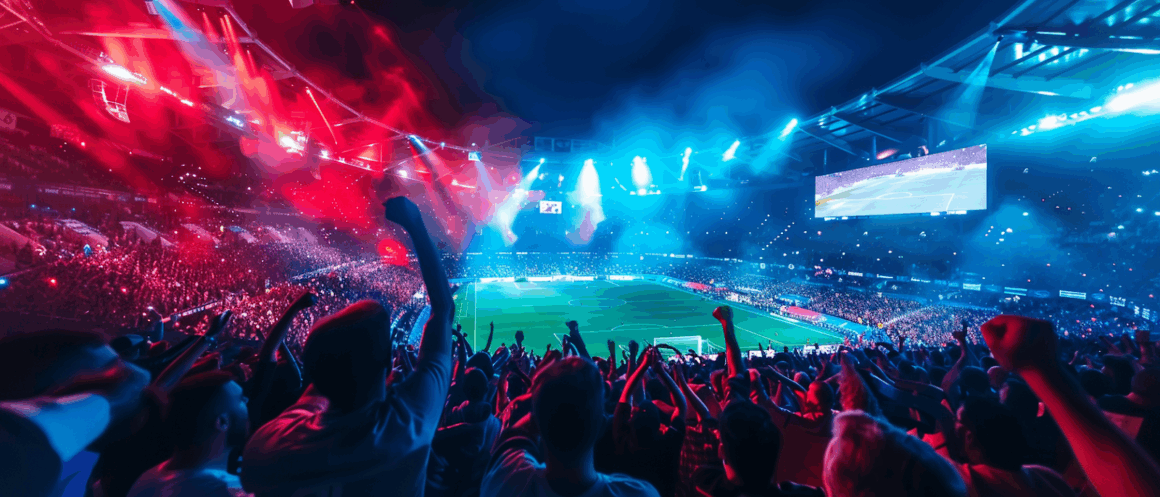
As teams want to create identity and rhythm in their events, lighting effects are being harnessed these days. Some colors might pulsate in a loop to signal the defense, while others add a sweeping light wash to announce victory. The little moments add up and they enrich the overall experience together. Those shared memories last longer than any final score.
The Importance of a Professional Contractor and Installation
Whether a football field or a tennis complex, planning and installation are everything for any sports venue. That’s why who you hire matters. If you’re thinking of a similar project, a good tennis court lighting contractor will ensure your lighting system isn’t just bright, it’s also up to sports standards and the energy code.
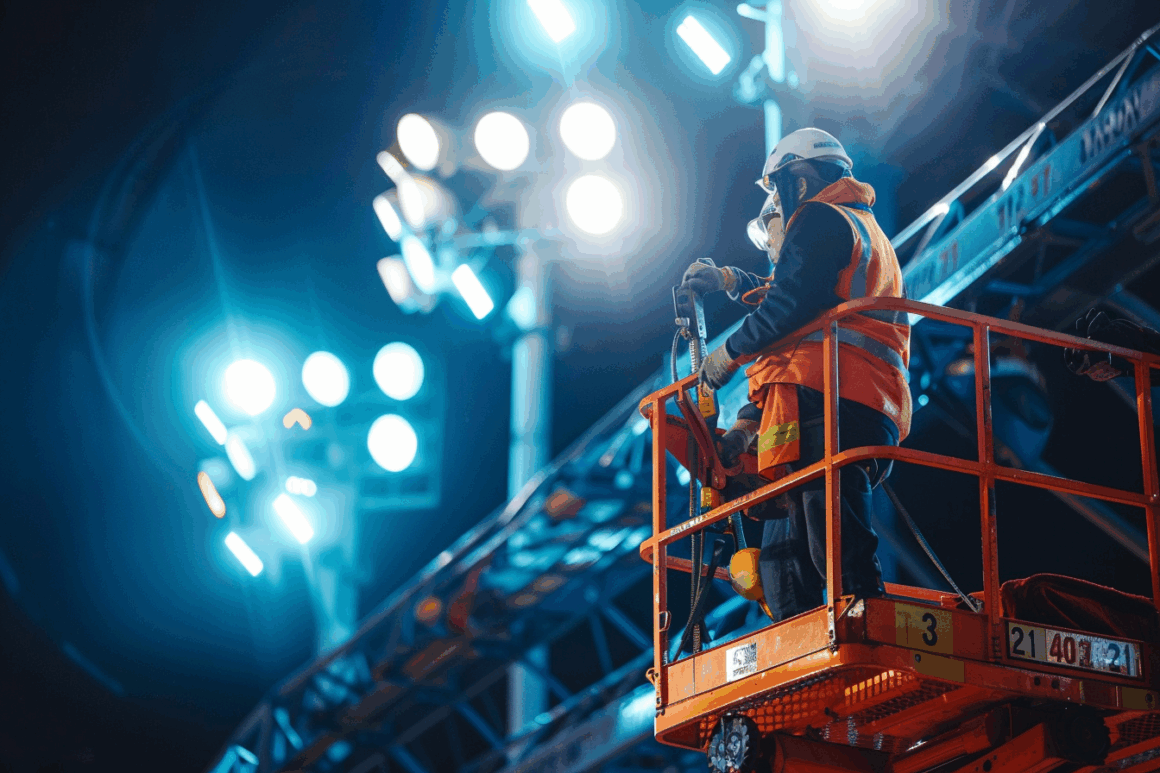
An experienced contractor is proficient in photometric planning, glare control, and fixture placement. And everything is affected by these details, performance, safety, long-term maintenance. Without good design, even the most technically advanced systems can fall short of fulfillment.
Creating Lighting That Enriches Visibility and Performance
When it comes to lighting stadiums, engineers love the lux and uniformity. But for players, what they really want is balance, enough brightness to see well without being overwhelmed by glare.
I once was at a newly renovated stadium in which the lighting system on the sidelines was too bright. It made tracking high passes difficult for receivers. A little adjustment to the angle and lumens per square meter solved it immediately. That’s where lighting solutions have to take the human factor into account.
Lighting isn’t just physics, it’s psychology. It is about how it feels to an athlete going under the lights, how their eyes adjust, and how they read movement. A properly designed lighting system can actually improve visibility, as well as overall performance.
Leveraging Smart Controls with the Power of Technology
Contemporary stadium lighting systems are equipped with digital controls that make it possible to program and automatically control light shows in an instant. Via integrated apps or central dashboards, facilities managers can schedule events, dim intensity during off-peak hours, and monitor fixture health from elsewhere. These are lighting solutions that make a statement, yet they are also crafted with precision.

Some venues now employ AI-based software that learns how the audience behaves and changes lighting effects accordingly. Lights that pulse to the crowd volume or dim at more dramatic moments, it’s not futuristic any more. It’s here, and it is changing the way sports venues are thinking about entertainment.
Overcoming Challenges and Maximizing ROI
Every technology has its issues, of course. At first, the cost of switching to LED sports lighting can seem intimidating, especially for small community fields. But if you add up the savings in maintenance, power, and downtime, then the ROI starts to look like a no-brainer.
Fixtures can last as long as 50,000 hours, sometimes far longer, and often require little or no maintenance. And with energy efficiency rebates and government incentives, the payback period is getting shorter and shorter. The hardest part, I suspect, is not the body but the mind.
According to NRPA, over one-third of major U.S. professional sports teams have already transitioned from legacy lighting to LED sports lighting systems. The shift isn’t limited to pro venues, many municipal operators see full ROI under 10 years when energy and maintenance savings are included.
Most are still on the fence, sticking to older programs out of habit or fear of complexity. But the facts are there, smart lighting is safer, smarter, and more sustainable.
What’s Next: The Future of Sports Lighting
If this trend continues, the next generation of stadium lighting will be even more alive. Think of venues that deploy dynamic lighting systems to mimic the emotions of fans in real time, or systems that automatically shift color temperature based on data about an athlete’s recovery. It’s about building a cohesive, immersive world of sensations for people to plug into and experience in the moment.
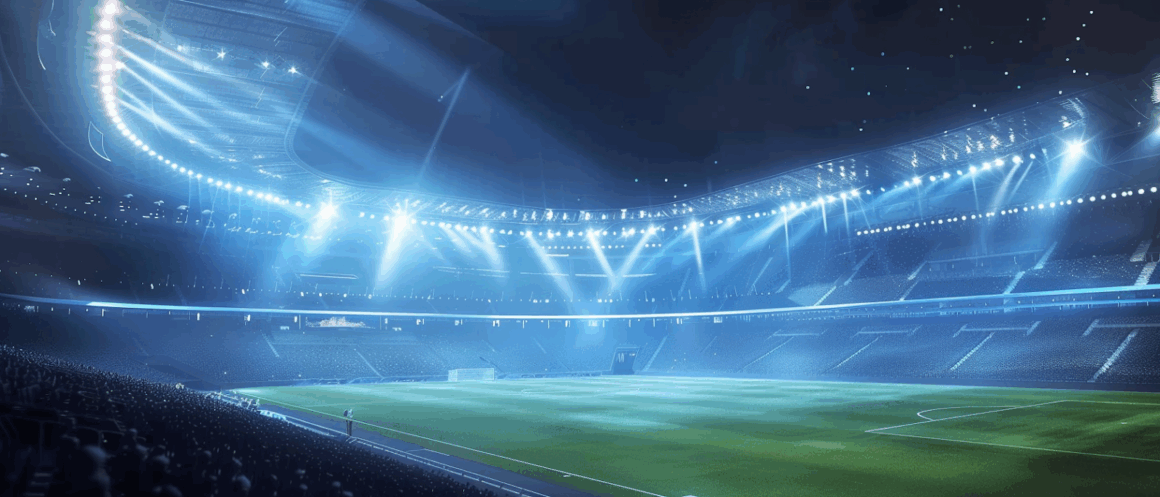
Lighting and technology are becoming an invisible partner in performance, adjusting, enhancing, and amplifying the human drama on the field.
Conclusion: Lighting That Unites and Inspires
From grand arenas to small community courts, lighting is crucial in framing how we see and feel the game. It doesn’t just decide what’s visible, but the feeling behind every cheer, every save, and every point. Adopting smart lighting is not just a matter of technology, it’s an investment in connection, sustainability, and storytelling.
As a stadium owner, facility manager, or contractor, LED lighting technology allows us to improve the total overall experience for everyone, from players and fans to broadcasters. And ultimately, that’s what sports is meant to be about, bringing people together under the same light and letting every moment shine a little bit brighter.






